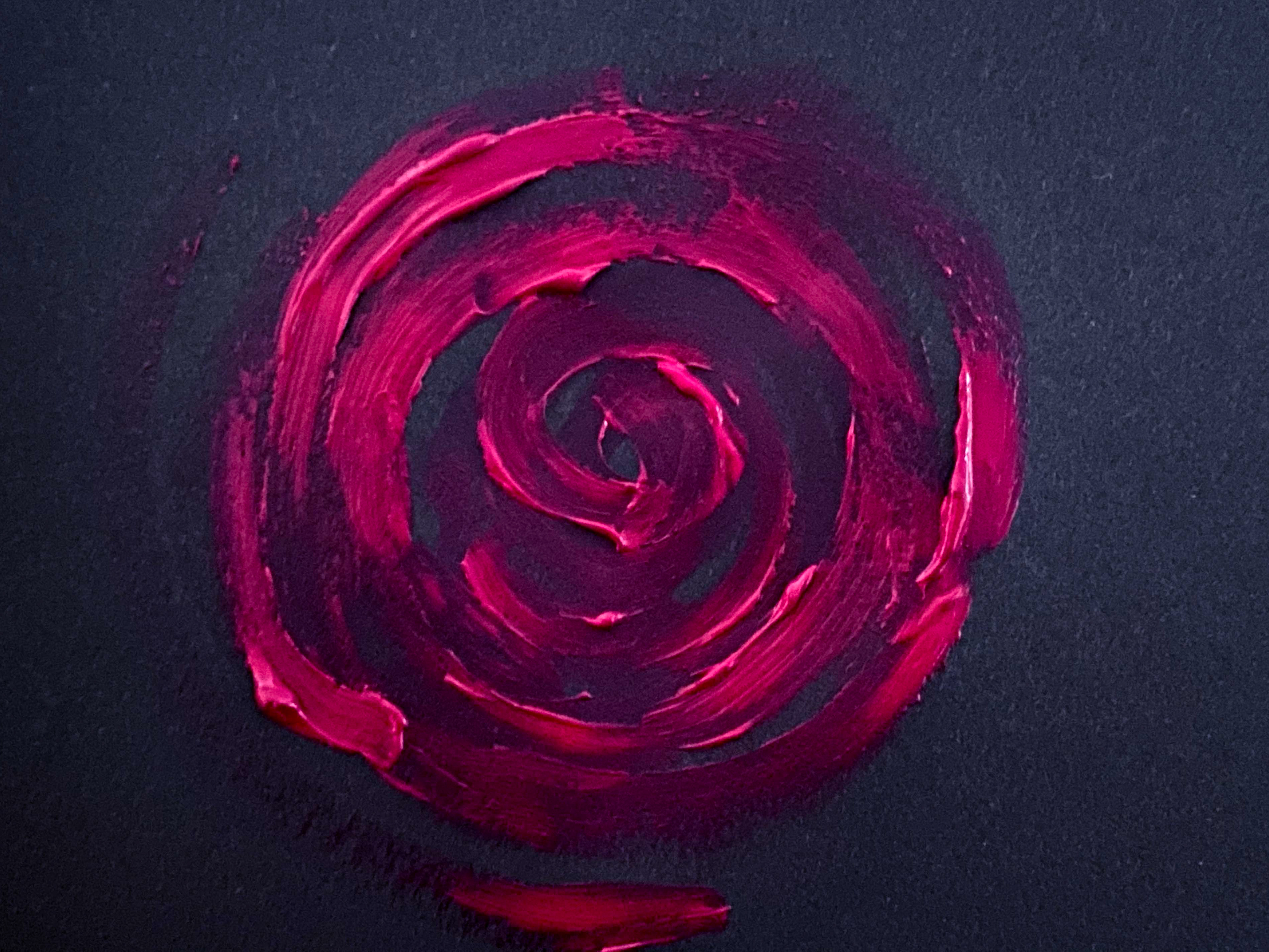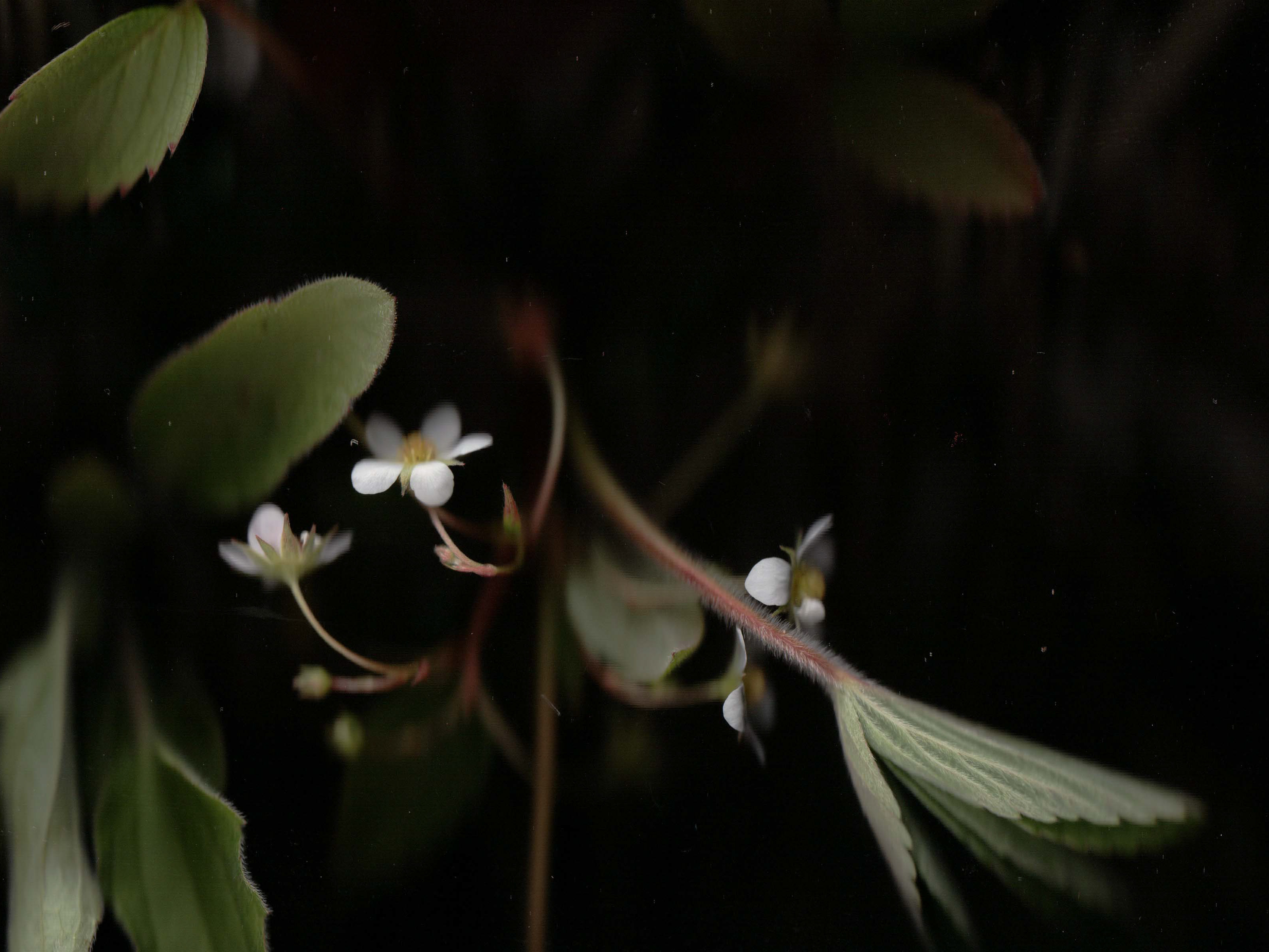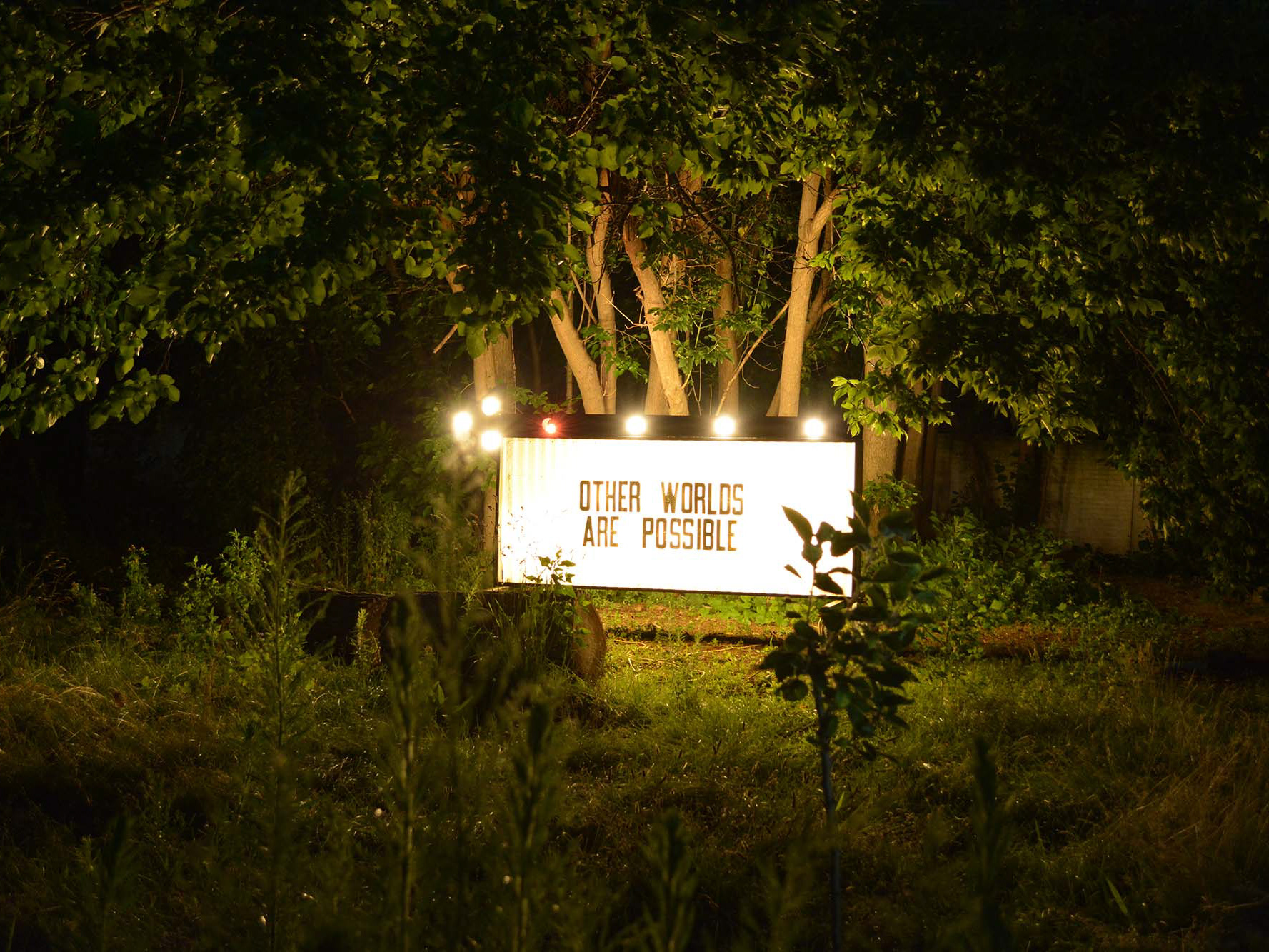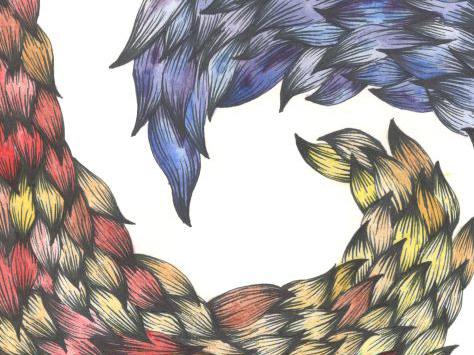What’s Growing?: Regional Plant Allies
by Carmen Malis King
Have you ever looked out upon a backyard, park, or field and seen the indiscernible carpet of greenery as just grass or random weeds? Usually, there are all kinds of plants with different traits and growing patterns and numerous uses within those spaces. When we look up close and get to know more about the different plants sprouting up and growing from spring through early fall, we can expand our appreciation for what’s growing around us and deepen our connection to place. Here are a few commonly found plants that grow abundantly in our bioregion during the summer months, and ideas for ways to use these plants. Most of these plants are edible, and a few here have other uses that can benefit our health & wellbeing.
First, here are some foraging (plant gathering) considerations & safety questions:
Observe: Is there just 1 plant, or are there an abundance of the same type of plant? Think about how much of the plant you will need, and how you intend to use it. Don’t take more than 20% of the plant (exception to this is roots). Leave enough for others and for the pollinators and other animals who also feast on these medicines.
Location: Is it growing near a roadside? What do you know about the soil quality? Is it growing in or near an area that has close contact with chemicals or pesticides? Is it growing near poison ivy? Assess the environment the plant you are seeking to collect is growing in. Do not collect any plants growing more than 30 feet from a roadside.
When in doubt, look it up!: Look into plant identification apps, books, ask a gardener or herbalist friend, or do a basic internet search to confirm that the plant you are about to pick is indeed what you are looking for.
Garbling (AKA sorting): Make sure to sort through the plant you picked (for any bugs, soil, or leaves from another plant that might have stuck to it) and wash it before eating or applying it to your skin.
Plantain leaf
Part of plant to use: leaf
Application: topically (on skin), hot infusion in water
About: Plantain leaf grows almost everywhere and anywhere. Its leaves can stay smaller or get huge throughout the growing season as it sends up flowering stalks in mid-late summer. Plantain leaf can be cut and collected, used fresh or dried, for skin healing purposes. Plantain can reduce skin itching and swelling, and can help draw out splinters and stingers.
Ways to use:
-Mash up plantain leaf by rubbing it between your fingertips or in a mortar and pestle to apply to skin after a bug bite or sting.
-Dry plantain leaves (by placing on wax or parchment paper, or a drying rack). Crush dried leaves and steep in olive oil by placing jar with dried leaves and oil directly in the sunlight for 1-2 weeks, then strain with a fine mesh strainer or cheesecloth. Or, make an infused oil by cooking on very low heat over a stovetop (stirring as needed) for 30 minutes-1 hour, then straining out with a fine mesh strainer or cheesecloth. The oil can be directly applied to skin, or it can be combined with beeswax for a skin salve.
-Combine with other respiratory support herbs; its leaves (fresh or dried) can be soothing to the lungs when prepared as an herbal tea infusion (steeped in hot water for 15-20 minutes).
Purslane
Part of plant to use: leaf and thinner stems
Application: edible (raw or cooked)
About: Purslane contains the highest levels of omega 3’s among all green leafy plants! It is indigenous to the Americas, and usually grows as a weed in garden beds in mid-late summer. You can sometimes find Purslane in produce sections of Mexican and Latin American grocery stores.
Ways to use: Cut purslane stems, then separate leaves from the larger stems to prepare for eating. Eat raw in salads or sauté on its own, with vegetables, or in scrambled eggs.
Lamb’s Quarters
Part of Plant to use: leaf and thinner stems
Application: edible (raw or cooked)
About: Lamb’s quarters starts coming up in late spring and continues to grow through late summer (when it starts producing flowers from its stalk). Spring and early summer leaves will be more tender than before the plant produces flowers. It is rich in Vitamins A & C, minerals, and omega 3’s.
Ways to use: Sauté or steam on its own or with other foods.
Sumac (Staghorn)
Part of Plant to use: fruit stalks
How to use: infusion in water for drinking
About: This small tree/larger shrub produces purple-red colored, fuzzy, cone-shaped fruit (berry) clusters that are ready to pick in late summer. It can usually be found on roadsides, at the edges of fields, and near water banks.
Ways to use: Make a sumac “lemonade” by steeping berry stalk in cool water for a few hours. Strain out berries through a fine mesh colander or cheesecloth. *Avoid if allergic to cashews and mangoes.
Dandelion
Part of Plant to use: leaf, flower, root
How to use: edible (raw, cooked), infusion in hot water for drinking
About: Dandelion is one of the earliest wild edibles of the growing season and will often bloom multiple times a year. The leaves contain Vitamins A, K; folate, potassium, and calcium.
Ways to use: Eat the leaves/greens raw or steamed in late spring when leaves are still tender, or steam or sauté at later points of season. The bitterness of the leaves can aid with digestion. The flowers can be picked off and made into fritters, into wine (side note: you need a lot of flowers to make dandelion wine), or can be steeped in hot water as a tea. The root, traditionally been used for cleansing the liver and supporting digestion, can be boiled and eaten or for tea. Roots can also be dried and used with other roots such as Chickory in a coffee substitute blend.
Mullein
Part of Plant to use: leaf, flower
How to use: topically (on skin), hot infusion for drinking, smoke inhalation
About: Mullein grows on hillsides, near roadsides, and in gardens. Its leaves and stalk grow wide and tall into late summer. Its fuzzy leaves have an affinity with the lungs, helping expel congestion and open up the respiratory tract. Its yellow flowers that grow off of its one, central stalk, can help clear out ear infections.
Ways to use:
An infusion of the leaves or a smoke inhalation of the leaves can help stimulate a “productive cough” to clear chest congestion. Steep the leaves in hot water (making sure to pick out then strain the liquid through a fine mesh strainer or cheesecloth to strain out the leaf’s little hairs). For a steam inhalation, dry the leaves, then cut or crush; place in an incense burner or bowl and light with matches or a lighter and inhale the smoke. Flowers can be infused with oil, (same extraction method described within the Plantain section), and combined with chopped garlic for helping treat ear infections.
Dried mullein stalks can be dipped in beeswax for a DIY torch!










